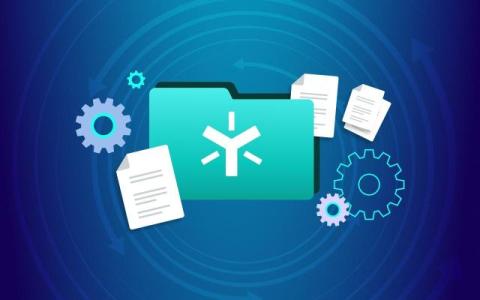Data Durability at Egnyte: Understanding Our Cloud Object Store
In today's digital era, data is the lifeblood of any business, and at Egnyte, we're acutely aware of the need for data availability and durability. We have designed our specialized cloud file system, a harmonious blend of a file system and an object store, to meet these indispensable requirements. While we at Egnyte don't explicitly label ourselves as a data storage company, there's no escaping that we're in the business of persisting data—lots of it, into billions of files.











